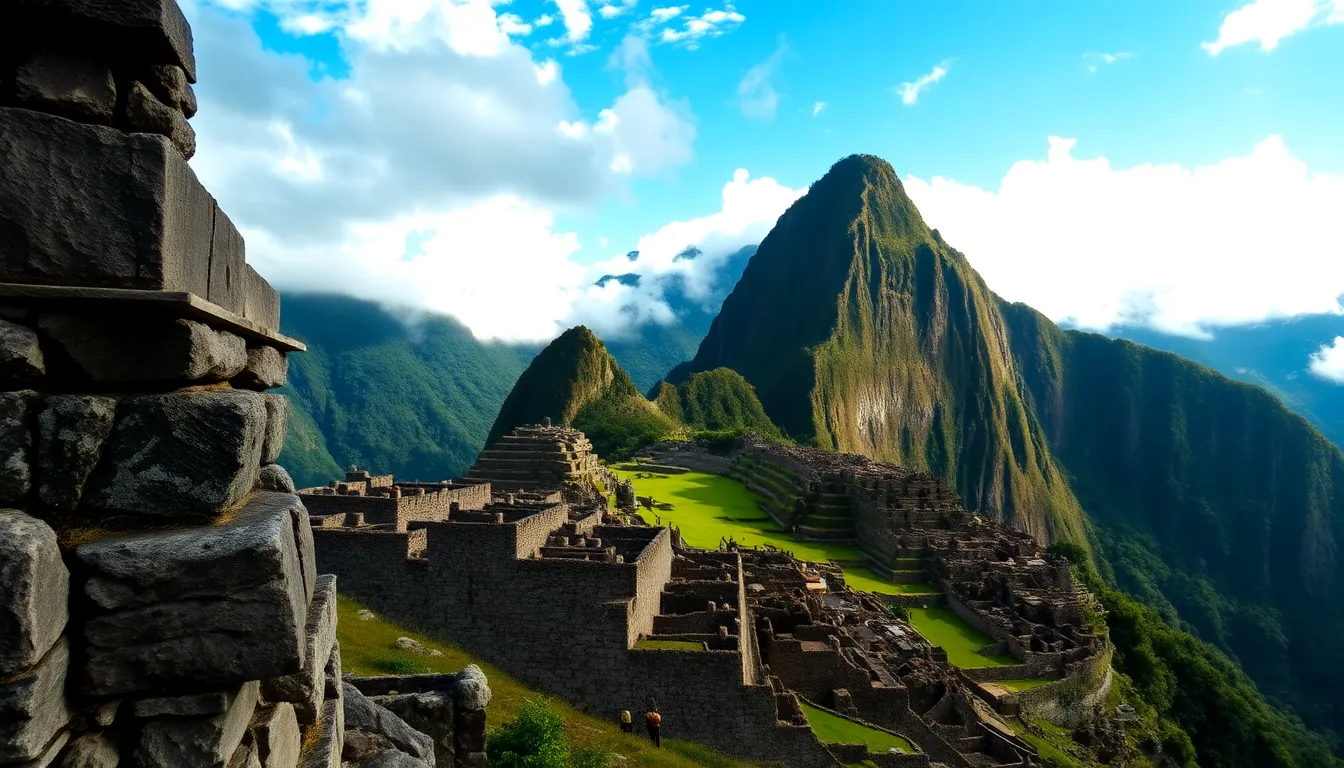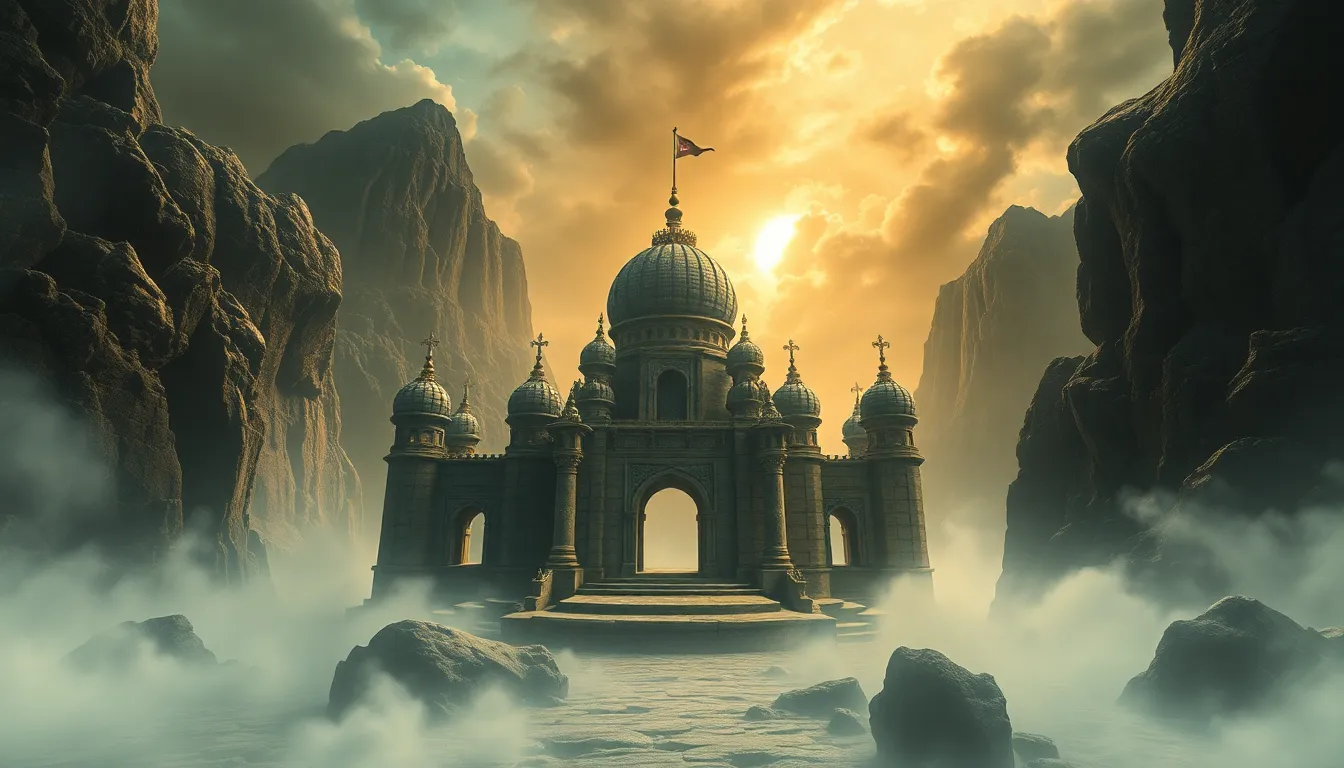The Legendary Kingdom of the Incas: Secrets of Machu Picchu
Introduction: The Allure of the Incas
The Incan civilization, known for its remarkable achievements and rich cultural heritage, was one of the most advanced civilizations in pre-Columbian America. Spanning from the early 15th century until the Spanish conquest in the 16th century, the Incas built an empire that extended across the Andes mountains, encompassing modern-day Peru, Ecuador, Bolivia, and parts of Chile and Argentina. At the heart of this empire lies Machu Picchu, an iconic archaeological site that embodies the ingenuity and spirituality of the Inca people.
This article aims to explore the history, culture, and engineering marvels of Machu Picchu, revealing the secrets of this legendary kingdom and its enduring legacy.
The Rise of the Inca Empire
The origins of the Incan civilization can be traced back to the early 15th century when a small tribe in the Cusco valley began to expand under the leadership of Pachacuti Inca Yupanqui. Key events during this period include:
- The unification of various tribes and the establishment of the Inca Empire.
- The strategic military conquests that extended Inca territory.
- The establishment of a complex social and political structure centered around the Sapa Inca, the emperor, who was considered divine.
The Incas developed a unique system of governance, characterized by a centralized authority, a hierarchy of nobles, and a labor system known as the Mita, which required citizens to contribute to state projects.
Machu Picchu: A Jewel of the Andes
Nestled high in the Andes mountains at an altitude of 2,430 meters (7,970 feet), Machu Picchu was built in the 15th century during the height of the Inca Empire. It was rediscovered by the outside world in 1911, but its significance had been known to local indigenous people for centuries.
The architectural significance of Machu Picchu is evident in its sophisticated layout, which integrates seamlessly with the surrounding landscape. Key features include:
- Terraced agricultural fields that allowed for sustainable farming.
- Intricate stonework that showcases the Inca’s advanced masonry skills.
- A network of temples and ceremonial sites that highlight the religious and cultural importance of the location.
Machu Picchu served not only as a royal estate but also as a religious site dedicated to the worship of the sun and other deities.
The Secrets of Incan Engineering
The construction of Machu Picchu is a testament to the Incan mastery of engineering and architecture. The Incas employed several innovative techniques, including:
- Dry stone construction: Stones were cut to fit together without mortar, allowing buildings to withstand earthquakes.
- Terracing: The steep slopes were transformed into flat terraces that prevented erosion and maximized agricultural output.
- Irrigation systems: Complex channels and aqueducts were built to manage water flow for both agriculture and domestic use.
The use of local materials, such as granite, further exemplifies the Incas’ understanding of their environment and their ability to adapt to it.
Daily Life in Machu Picchu
The daily life in Machu Picchu was organized around a communal and agricultural lifestyle. The social structure comprised various classes, including the nobility, priests, artisans, and farmers. Daily activities included:
- Agriculture: Crops such as potatoes, maize, and quinoa were cultivated on terraced fields.
- Trade: The Incas engaged in trade with neighboring communities, exchanging goods and resources.
- Religious practices: Daily rituals and ceremonies were integral to life, fostering a deep connection with their deities.
Women played a crucial role in society, participating in agricultural work, weaving, and household management, while family life revolved around collective responsibilities and shared resources.
Spiritual and Ceremonial Aspects of Machu Picchu
The Incas had a rich spiritual belief system that revolved around the worship of nature and celestial bodies. Key aspects of their spirituality included:
- Religious beliefs: The Incas believed in multiple gods, with Inti, the sun god, being the most significant.
- Temples: Important temples, such as the Temple of the Sun and the Intihuatana stone, served as focal points for worship and astronomical observations.
- Astronomy: The alignment of structures with celestial events, such as solstices, reflects the Incas’ advanced understanding of astronomy and its connection to their agricultural calendar.
The Fall of the Inca Empire
The decline of the Inca civilization was precipitated by a combination of internal strife and external pressures. Key factors included:
- The civil war following the death of the emperor Huáscar, which weakened the empire.
- The arrival of Spanish conquistadors led by Francisco Pizarro, who exploited the internal divisions.
- The introduction of diseases such as smallpox, which decimated the Inca population.
Machu Picchu was eventually abandoned around the time of the Spanish conquest, becoming lost to the outside world for centuries.
Rediscovery and Restoration of Machu Picchu
In 1911, American historian Hiram Bingham brought Machu Picchu to international attention. His expedition, funded by Yale University, uncovered the ruins and sparked global interest. Since then, archaeological efforts have focused on:
- Mapping and documenting the site.
- Restoration of structures to preserve their historical significance.
- Addressing challenges related to conservation and tourism impact.
Current conservation initiatives aim to protect the site from the effects of climate change and increasing visitor numbers.
Machu Picchu Today: Tourism and Cultural Preservation
Today, Machu Picchu is one of the most visited tourist destinations in the world, attracting millions each year. The impact of tourism on the local economy is significant, providing jobs and promoting cultural exchange. However, this influx of visitors also poses challenges:
- Environmental degradation and wear on ancient structures.
- The need for sustainable tourism practices to protect the site.
- Involvement of local communities in heritage conservation efforts.
Efforts are being made to balance tourism with preservation, ensuring that Machu Picchu remains a cultural treasure for future generations.
Conclusion: The Enduring Legacy of the Incas
Machu Picchu stands as a symbol of the Inca Empire’s ingenuity and spiritual depth. Understanding its cultural significance invites a deeper appreciation for the history of the Incas and highlights the importance of preserving such heritage. As we reflect on the legacy of this remarkable civilization, it is crucial to support cultural preservation efforts and promote sustainable tourism practices that honor the past while securing the future of Machu Picchu.



